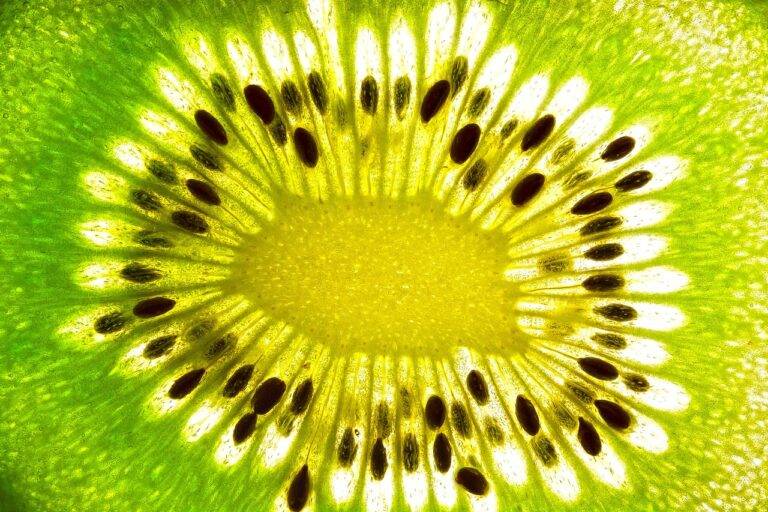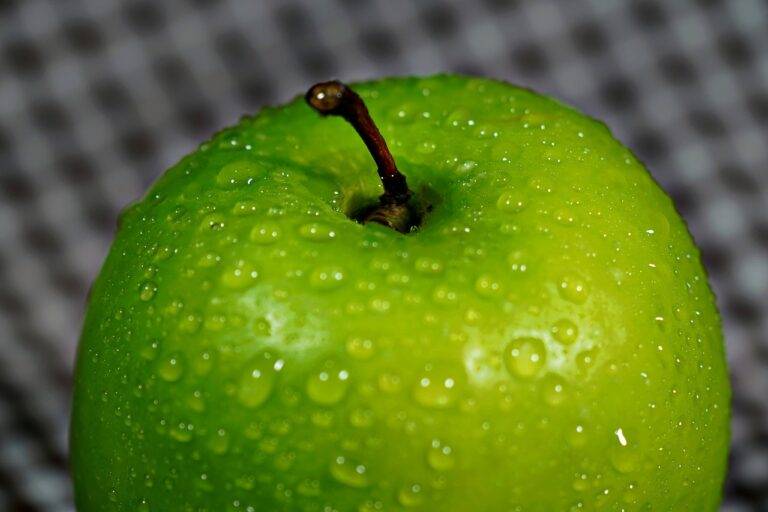The Impact of Microplastics on the Food Chain
Microplastics are tiny plastic particles measuring less than 5mm in size. They are typically classified into two categories based on their source: primary microplastics are intentionally produced for various purposes such as in cosmetics and industrial abrasives, while secondary microplastics are derived from the breakdown of larger plastic items like bottles and bags.
These minuscule plastic pieces are pervasive in our environment, found in various ecosystems including freshwater and marine environments. Due to their small size, they are easily ingested by a wide range of organisms, from plankton to larger marine animals, posing a significant threat to wildlife and potentially entering the food chain. Implementing measures to reduce the production and release of microplastics into the environment is crucial in mitigating their harmful effects on ecosystems and human health.
Sources of Microplastics in the Environment
Microplastics enter the environment through multiple pathways, with one significant source being the breakdown of larger plastic items. When larger plastics such as water bottles or food containers degrade due to exposure to sunlight, heat, and mechanical forces, they fragment into tiny pieces, forming microplastics. Additionally, the abrasion of synthetic textiles during washing cycles releases microfibers into wastewater, eventually contaminating aquatic ecosystems.
Another major source of microplastics in the environment is the shedding of particles from vehicle tires and road surfaces. As tires wear down over time, they release microscopic plastic particles that get washed away by rainwater into rivers and oceans. Similarly, the deterioration of plastic-based paints on road markings and buildings contributes to the dispersion of microplastics into the surroundings. These diverse sources highlight the complexity of the microplastics issue and the need for comprehensive strategies to address their pervasive presence in the environment.
What are microplastics?
Microplastics are tiny pieces of plastic that are less than 5mm in size. They can come from a variety of sources and are found in many different environments.
What are the sources of microplastics in the environment?
The sources of microplastics in the environment include plastic pollution, microbeads in personal care products, synthetic fibers from clothing, and the breakdown of larger plastic items.
How do microplastics impact the environment?
Microplastics can have a negative impact on the environment by entering the food chain, harming wildlife, and polluting water sources. They can also leach harmful chemicals into the environment.
What can be done to reduce the amount of microplastics in the environment?
To reduce the amount of microplastics in the environment, individuals can reduce their use of single-use plastics, choose products without microbeads, and properly dispose of plastic waste. Additionally, policymakers can implement regulations to limit the production and use of plastic products.





